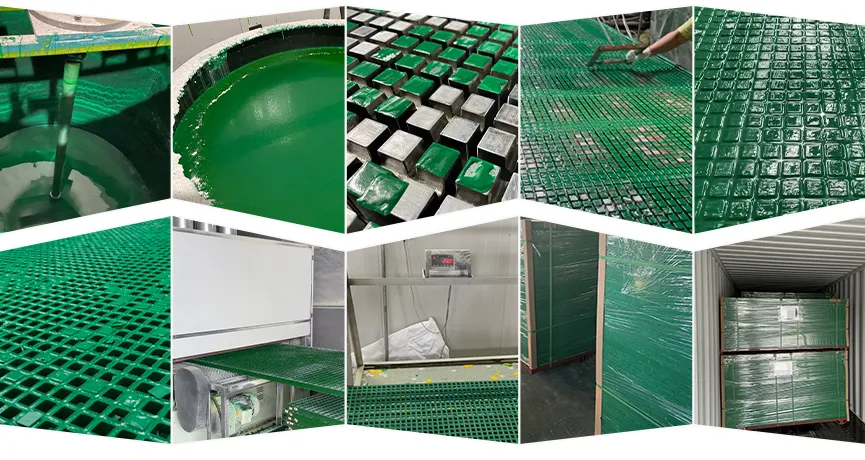loading...
- No. 9, Xingyuan South Street, Dongwaihuan Road, Zaoqiang County, Hengshui, Hebei, China
- admin@zjcomposites.com
- +86 15097380338
- Welcome to visit our website!
Innovative Approaches to Reverse Osmosis in Water Treatment Solutions
Reverse Osmosis Water Treatment A Comprehensive Guide
Reverse osmosis (RO) is a widely utilized water treatment technology that effectively removes contaminants from water, making it safe for drinking, cooking, and other applications. This article will explore the principles of reverse osmosis, its benefits, applications, and key considerations for using this technology.
Understanding Reverse Osmosis
Reverse osmosis is a process that employs a semipermeable membrane to separate contaminants from water. The fundamental principle behind reverse osmosis is osmosis, which occurs naturally when water moves from a region of lower solute concentration to a region of higher solute concentration through a semipermeable membrane. In reverse osmosis, however, pressure is applied to the concentrated side, forcing water to move in the opposite direction, effectively filtering out impurities.
The semipermeable membrane used in RO systems allows water molecules to pass through while blocking larger molecules and contaminants, including salts, bacteria, viruses, and various organic compounds. As a result, the water produced by reverse osmosis is often of very high purity.
The Benefits of Reverse Osmosis
1. Effective Contaminant Removal One of the primary advantages of reverse osmosis is its ability to remove a wide range of contaminants. It is effective against dissolved salts, heavy metals, pesticides, herbicides, fluoride, and even certain pathogens, ensuring that the water is not only clean but also safe for consumption.
2. Improved Taste and Odor Many people find that the taste and odor of tap water can be unpleasant, often due to chlorine and other chemicals used in the treatment process. RO systems can significantly improve the taste and smell of water by removing these unwanted substances.
3. Cost-Effective Solution While the initial investment in a reverse osmosis system can be higher than other water filtration options, the long-term costs can be lower. By reducing the need for bottled water and minimizing plumbing issues caused by hard water minerals, homeowners can ultimately save money.
4. Environmental Benefits Using reverse osmosis decreases reliance on bottled water, reducing plastic waste. As more people turn to home filtration systems, the demand for single-use plastic bottles diminishes, contributing to environmental sustainability.
Applications of Reverse Osmosis
reverse osmosis water treatment

Reverse osmosis technology is applied in various fields beyond residential water treatment. Some notable applications include
- Desalination RO is a primary technology used in the desalination process to convert seawater into freshwater, making it valuable in coastal regions facing water scarcity. - Industrial Use Many industries utilize reverse osmosis to purify water for manufacturing processes, ensuring that product quality is maintained. This is especially critical in industries such as pharmaceuticals, electronics, and food production.
- Aquarium Maintenance Aquarists often use RO water to maintain optimal water quality in fish tanks, as it is free from harmful chemicals and minerals that could affect aquatic life.
Key Considerations
While reverse osmosis is an effective water treatment solution, there are several considerations to keep in mind
1. Water Wastage RO systems tend to waste a certain amount of water during the filtration process. For every gallon of filtered water produced, a significant amount may be expelled as wastewater, making it less efficient in areas with water scarcity.
2. Mineral Removal While RO removes impurities, it also eliminates beneficial minerals, such as calcium and magnesium. Some systems have a remineralization filter to add essential minerals back into the water after treatment.
3. Maintenance Regular maintenance and filter replacement are crucial to ensure optimal performance. Users should follow manufacturer guidelines to keep their systems running efficiently.
Conclusion
Reverse osmosis water treatment is a powerful and effective method of ensuring access to clean and safe water. Whether used for home consumption, industrial applications, or environmental sustainability, RO technology offers numerous benefits. However, it is essential for users to understand its limitations and maintenance requirements to maximize its efficiency and effectiveness. By choosing reverse osmosis, consumers can enjoy better water quality while contributing to a healthier planet.
-
The Rise of FRP Profiles: Strong, Lightweight, and Built to LastNewsJul.14,2025
-
SMC Panel Tanks: A Modern Water Storage Solution for All EnvironmentsNewsJul.14,2025
-
GRP Grating: A Modern Solution for Safe and Durable Access SystemsNewsJul.14,2025
-
Galvanized Steel Water Tanks: Durable, Reliable, and Ready for UseNewsJul.14,2025
-
FRP Mini Mesh Grating: The Safer, Smarter Flooring SolutionNewsJul.14,2025
-
Exploring FRP Vessels: Durable Solutions for Modern Fluid HandlingNewsJul.14,2025
-
GRP Structures: The Future of Lightweight, High-Performance EngineeringNewsJun.20,2025
